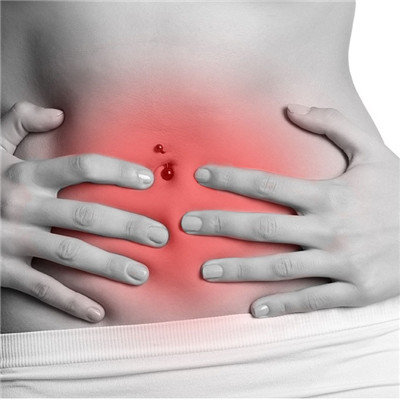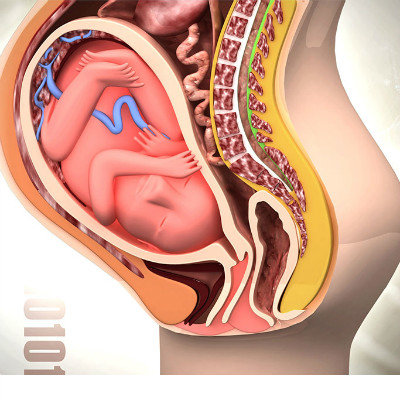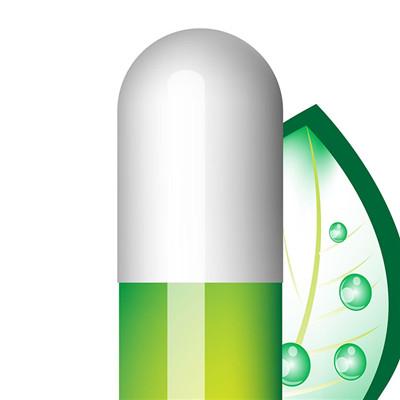Mango allergy
summary
Mango is a summer fruit originated from North India and Malay Peninsula. It likes high temperature and dry weather. The most suitable temperature for the vegetative growth period (root, stem and leaf) is 24-30 ℃. When the temperature drops below 18 ℃, it grows slowly and stops growing below 10 ℃. The reproductive growth period (flower and fruit) needs higher temperature, and the sandy soil with good drainage and humus is the most suitable, The best pH value is 5.5-7.5. After the introduction and improvement, it has spread in many places. Some people may be allergic to mango, eating mango allergy symptoms, let me tell you.
Mango allergy
Mango is a delicious food, but not everyone is suitable for eating mango. Some constipated people are not suitable for eating mango. This kind of fruit is a little inflamed, and some people still have allergies after eating this kind of fruit, such as rash or oral blistering, which are allergic symptoms.

Many people may feel thirsty after eating mango, and there are some other allergic symptoms, such as the most common lip swelling, which is the manifestation of allergy, and there may be some redness around the mouth, so people with allergic constitution should be careful to eat.

Many allergic patients not only have a small rash around the mouth, but also may have some redness and swelling on the chin. Mangoes contain many nutrients, among which various irritating proteins and fruit acids have certain effects on the skin, especially some immature mangroves.

matters needing attention
There are also aldehydes in the immature mango, which can stimulate the skin and mucous membrane and cause allergy. Most people allergic to mango belong to allergic constitution, and their immunity is generally low. For example, some children are prone to allergic dermatitis after eating mango.















